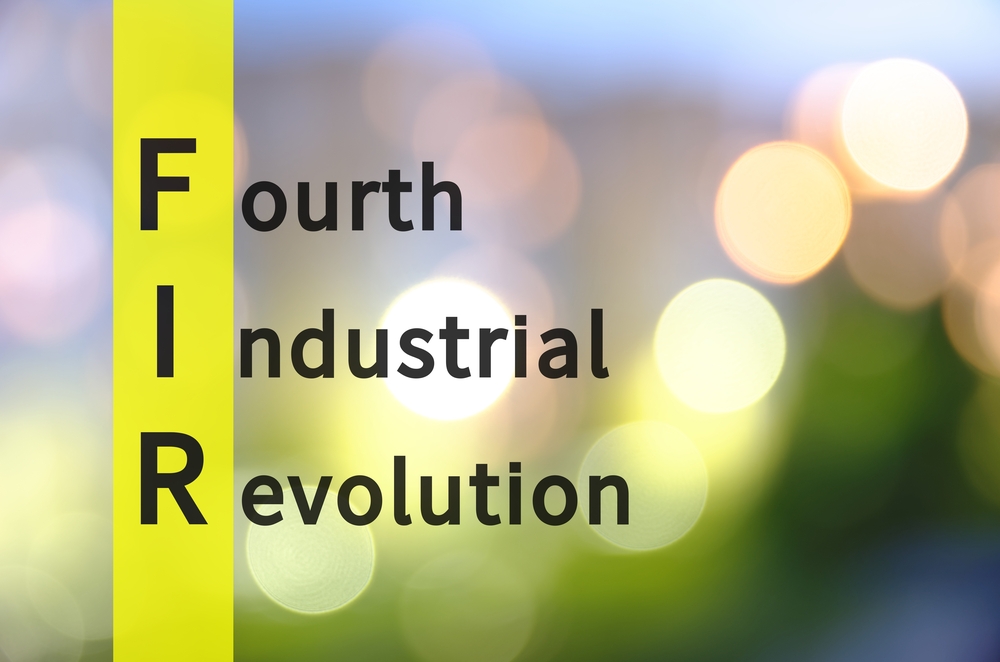Everyone seems to be latching onto it with full force, and yet few seem to be able to clearly articulate what it is.
As evidenced by recent ministerial rhetoric in the UK, the Fourth Industrial Revolution has become central to their own notion of a ‘digital revolution’ for the country. And yet I can’t help thinking that beyond the headlines and the platitudes, nobody really knows what they are talking about.
>See also: How artificial intelligence is driving the next industrial revolution
The term Fourth Industrial Revolution has been used for more than 75 years now, and is an attempt to capture the state of flux being experienced across many sectors of life (technology, government, economics, education, etc) as we move into a new paradigm that fuses the physical, digital and biological into a force to be reckoned with in the coming decades.
It envisions artificial intelligence (AI), drones and other cyber-physical systems as part of normal life, with technology dominating our world at every turn.
At its core is the wave of innovation and experimentation that we have been riding for some time now, only now taken to new extremes. It is what we used to refer to as a ‘futurist perspective’, but what many now want to embrace as the logical next step forward.
So what’s missing from this equation?
Regardless of the numerous advances in technology on all fronts, we are still challenged by the shortcomings of the current (as well as perhaps the next) generation of leaders.
Whether in the public or private sector, we rely on people who are not only illiterate in most aspects of advanced and emerging technologies, but do not have a background in innovation or development that would allow them to be visionary – or strategic – in how to apply the constructs of the Fourth Industrial Revolution (nor ‘digital’ as far as I can tell) to create competitive advantage or disruptive benefits for consumers or citizens.
This is why I bristle every time I hear one of these ‘leaders’ cheerleading the next great thing in technology or transformation.
We entered a world some time ago that requires our leaders to be truly literate and competent in things like digital, data, analytics and AI in order to be effective in their roles.
This extends to our oversight bodies as well (boards and regulators), who are just as, if not more, ill-equipped to provide effective governance and oversee risks.
The vast majority of leaders today do not have the skills or acumen to lead in the 21st century, and our next generation of leadership candidates is woefully unprepared as well.
The tradition of rising through the ranks based on success in finance, marketing, legal or ministerial appointments has produced leaders who are hollow in terms of all things digital, data and analytics, let alone anything so futuristic as the Fourth Industrial Revolution.
>See also : The connected world: the ‘black swan’ of the global economy
Visionary leaders
We have to stop focusing on the feel-good aspects of all of this and hone in on creating competent and visionary leaders who don’t have to rely on it, contractors or consultants to do their jobs for them.
While the world focuses on hackathons, teaching children to code and creating new (false) gods – data scientists, chief data officers, etc – we are ignoring the need for educating and finely honing the next generation of private and public sector leaders. (Observation: they won’t be app start-up guys.)
We need to build into all aspects of primary and secondary education the rigours of technology exploitation and analytical competencies (e.g. decision science).
Until we do so, all aspects of the Fourth Industrial Revolution will just be more hot air coming from people who don’t know what they’re talking about.







